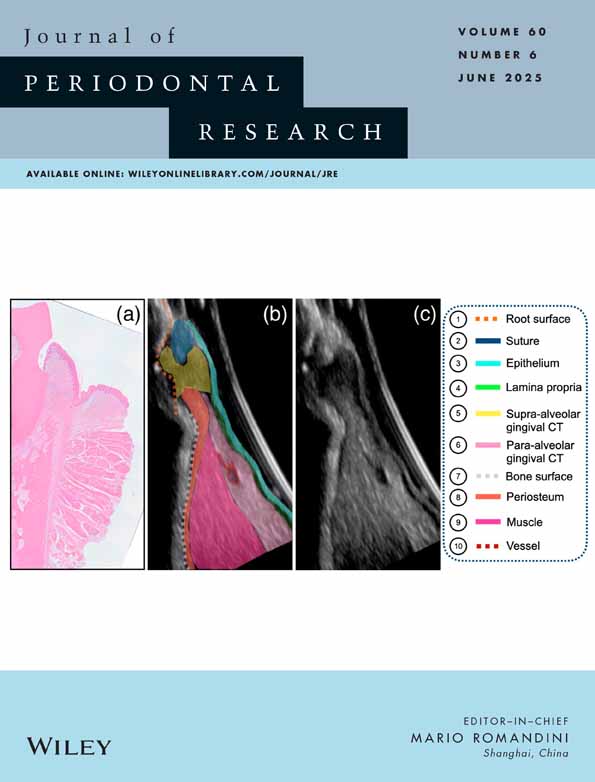Methylprednisolone effects upon cytochrome oxidase activity during gingival wound healing in rats
Abstract
Methylprednisolone injected intraperitoneally in rats (pharmacological doses) during a short time (1–2 days) interval activated gingival cytochrome oxidase activity at drug treated sham, and drug treated wound and distal (contralateral) non-injured sites. Gingival cytochrome oxidase was activated in drug treated sham and injured gingiva between the 5th and 7th days after drug (2 doses) initiation. Enzymatic activities in both groups declined between the 7th and 10th days toward control levels. An increase in enzymatic activity occurred within 1 day at the distal (non-injured) contralateral site in animals which received only one dose of methylprednisolone. The enzymatic activity declined between the 1st and 2nd day to control values and remained at that level for the duration of the experiment.




